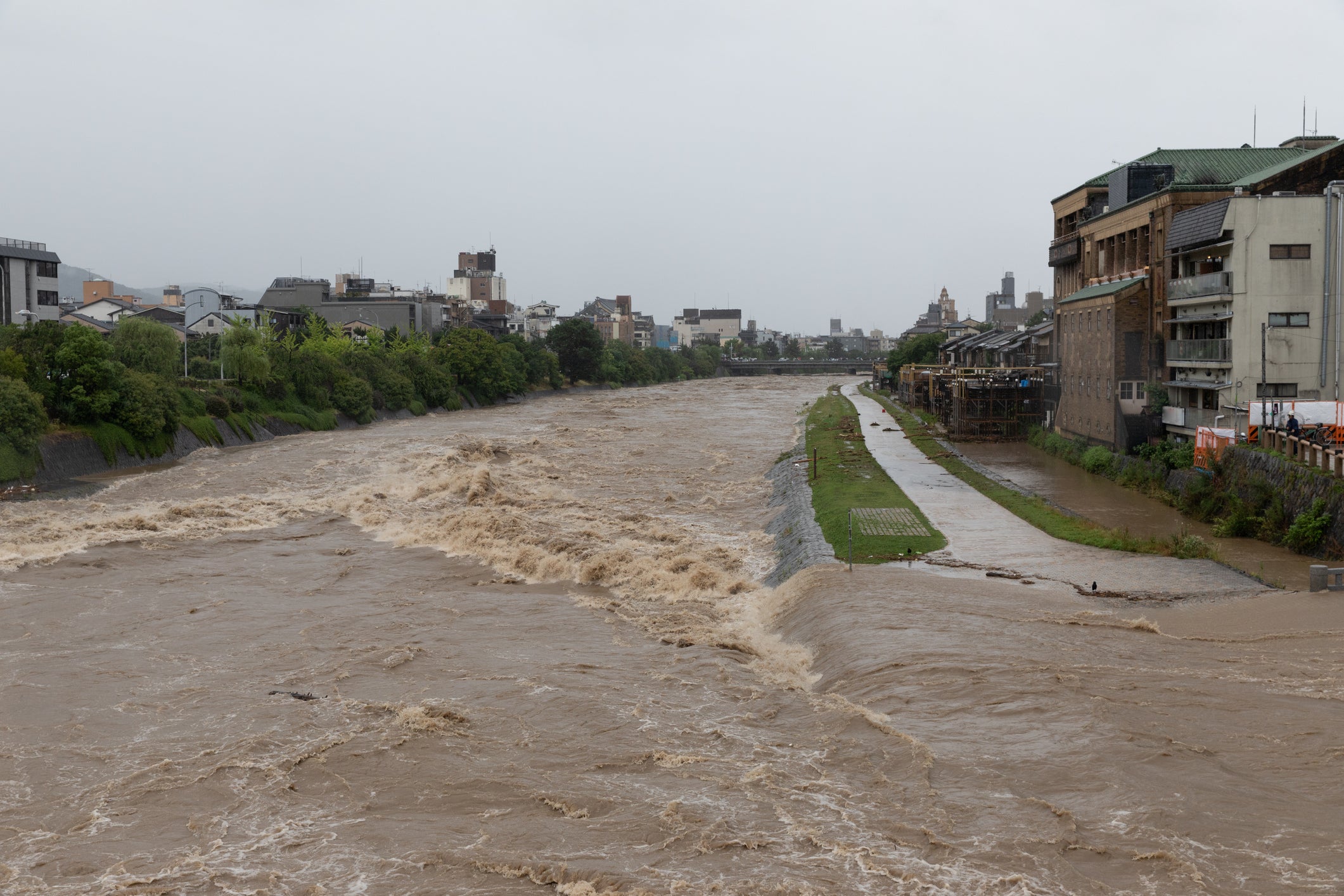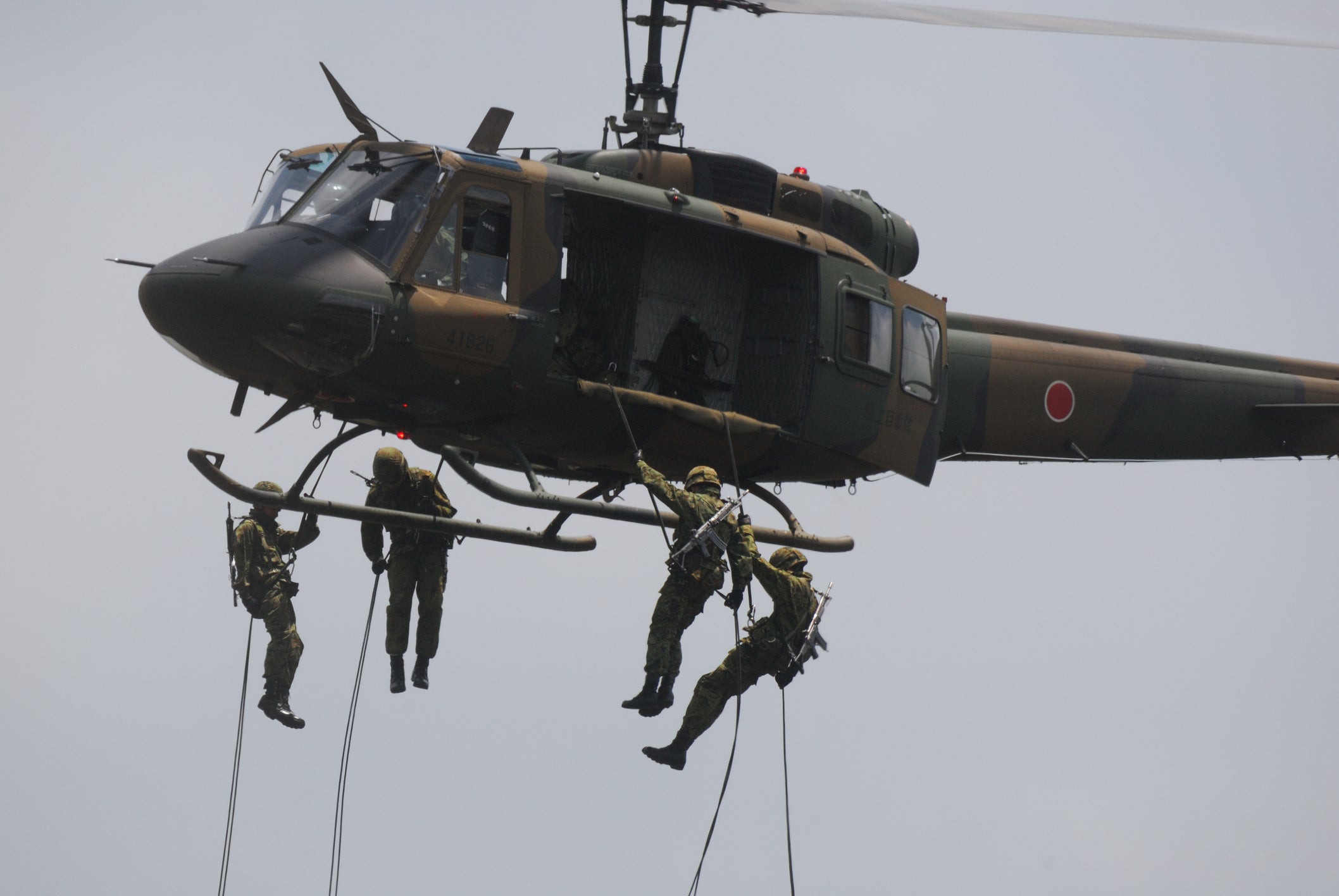Relationship between canned food structure and disaster prevention
table of contents
Introduction
1. Structure of canned food
2.Disaster prevention and canned food
3. Preparing canned goods for disaster prevention
summary
Introduction
This article focuses on the important relationship between canned food structure and disaster prevention. Canning is known as an excellent way to secure food during disasters and emergencies, as food and drinks can be packed in sealed containers and stored for long periods of time.
1. Structure of canned food
Canned food refers to products packed in airtight containers for preserving and storing food and beverages. Usually, food or liquid is filled into a metal container and the top is sealed to isolate the contents from the outside and enable long-term storage. Canning is widely used in the food and food processing industries and is known as an effective way to preserve food freshness while preventing spoilage and oxidation.
1-1 can body
The can body is usually made of metal such as steel or aluminum. Steel cans are commonly used for many types of canning, and are especially suitable for long-term food storage. Additionally, the top and bottom of the can body are sealed and sealed by a seam. The seams are made with particular care to ensure the quality of the seal. If the seal is not properly sealed, outside air and microorganisms can enter the food and cause spoilage. They are designed to withstand long-term storage and transportation of food, and are typically resistant to physical impact and deformation. This prevents external damage while maintaining food quality.
1-2 Seam (edge of can)
The seam is the part that seals the top and bottom of the can body. This seal prevents outside air and microorganisms from entering the contents, preserving the freshness and quality of food and liquids. If the seal is not properly sealed, food may spoil or go bad. It firmly connects the top and bottom of the can body, improving the overall strength of the can. This makes the canned food resistant to physical stress and pressure and protects its contents from damage. Seam quality control is extremely important in the filling manufacturing process. Improper seams can affect food safety and are therefore rigorously inspected during the quality control process.
1-3 Vent valve
Vent valves are used to adjust the pressure inside a sealed container with the outside environment. It is especially useful when internal pressure fluctuates due to temperature changes or changes in altitude. The vent valve prevents excessive pressure from building up, as if the internal pressure is too high there is a risk of the container bursting. It also allows the gas inside the container to escape to the outside. It is used for packaging products that generate gases inside or food products where gases can cause oxidation and spoilage. Packaging materials with vent valves prevent gas build-up and maintain product quality.
2.Disaster prevention and canned food
2-1 Long-term storage
Long-term storage is a method for preserving food and goods for a long period of time, and uses sealed containers, freezing, vacuum packaging, etc. to maintain quality and safety. This is useful for disaster reserves, emergency food supplies, outdoor activities, and military applications. Appropriate temperature and humidity control is necessary, and it is important to pay attention to expiration dates and quality deterioration.
2-2 Storage stability
Shelf stability refers to the ability of a product or substance to maintain its quality and performance over time, minimizing deterioration, alteration, and spoilage. It is important in fields such as food, medicine, and chemical products, and requires appropriate control of conditions such as temperature, humidity, light, oxygen, and humidity. Quality inspections and regular monitoring are carried out to ensure product safety and reliability.
2-3 Convenience
Convenience refers to the degree to which things can be done easily and efficiently, meaning that using a product or service is stress-free and hassle-free. Convenient products and services are important in various fields such as daily life, work, and entertainment, making people's lives more comfortable and saving time and energy. Convenience is improved through improvements in design, technology, and access, and is gaining attention as a factor that improves the user experience.
2-4 diverse choices
Diverse choice refers to providing consumers with different options and variations to suit their individual tastes and needs. This is widely seen in areas such as goods, services, entertainment, and food, offering consumers rich experiences and opportunities for customization. While a variety of choices fosters market competition and improves customer satisfaction, it can also lead to choice overload and confusion. Companies and brands are adopting strategies to differentiate themselves in the marketplace and capitalize on diversity.
3. Preparing canned goods for disaster prevention
3-1 Confirmation of expiration date
Checking expiration dates is the act of checking the expiry date and expiration date displayed on the package of a product or food, and is important for maintaining product safety and quality. Products that have passed their expiration date should not be used, as the quality of these products may deteriorate and have a negative impact on the health of consumers. Especially in the case of food, if it is past its expiration date, there is an increased risk of food poisoning and quality deterioration due to microbial growth and oxidation. Checking for expiration dates is an important action to promote safe and healthy consumption.
3-2 Stockpiled amount
Stockpiling refers to the amount of specific goods and resources reserved for emergencies and emergencies, and includes food, water, medicine, fuel, and necessities. Stockpiling is an important measure to ensure the maintenance and safety of people's lives in preparation for natural disasters, emergencies, and food supply shortages during disasters, and is carried out by the country, individuals, households, and businesses. Appropriate stockpiles should be planned according to needs, updated and managed regularly, and are considered part of social disaster prevention awareness.
3-3 How to open the package
Unpacking is the process of opening a product or package to access its contents, and varies depending on the product type and packaging format. Common opening methods include a can opener, knife, saw, pulling the seal, twisting the lid, or peeling off the wrap, and should be selected with consideration to safety and the nature of the product. Precise opening instructions are provided on the product label and instructions, and care must be taken to avoid accidental opening or damage to the product.
summary
Due to its structure and durability, canning is an extremely important food preservation method as part of disaster prevention measures. Their long shelf life and wide variety of food sources can help ensure food supplies during disasters and emergencies. Proper canned food selection and stockpiling is an important step in disaster planning.







